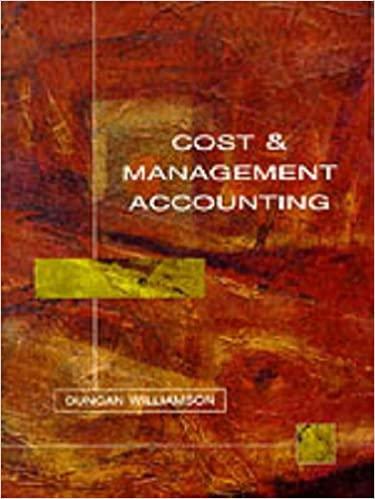Answered step by step
Verified Expert Solution
Question
1 Approved Answer
Which of the following is a difference between the straight - line method and the double - declining - balance method of depreciation? a .
Which of the following is a difference between the straightline method and the doubledecliningbalance method of depreciation?
a The straightline method depreciates an asset below its residual value, whereas the doubledecliningbalance method does not depreciate an asset below its residual value.
b In the straightline method, depreciable cost is calculated as cost less residual value, whereas in the doubledecliningbalance method, depreciable cost is recorded as declining book value over the fixed asset's useful life.
c The straightline method does not require an outlay of cash when depreciation is recorded, whereas in the doubledecliningbalance method an outlay of cash is required when depreciation is recorded.
d According to the straightline method, depreciation declines over an asset's useful life, whereas according to the doubledecliningbalance method, depreciation increases over an asset's useful life.

Step by Step Solution
There are 3 Steps involved in it
Step: 1

Get Instant Access to Expert-Tailored Solutions
See step-by-step solutions with expert insights and AI powered tools for academic success
Step: 2

Step: 3

Ace Your Homework with AI
Get the answers you need in no time with our AI-driven, step-by-step assistance
Get Started


